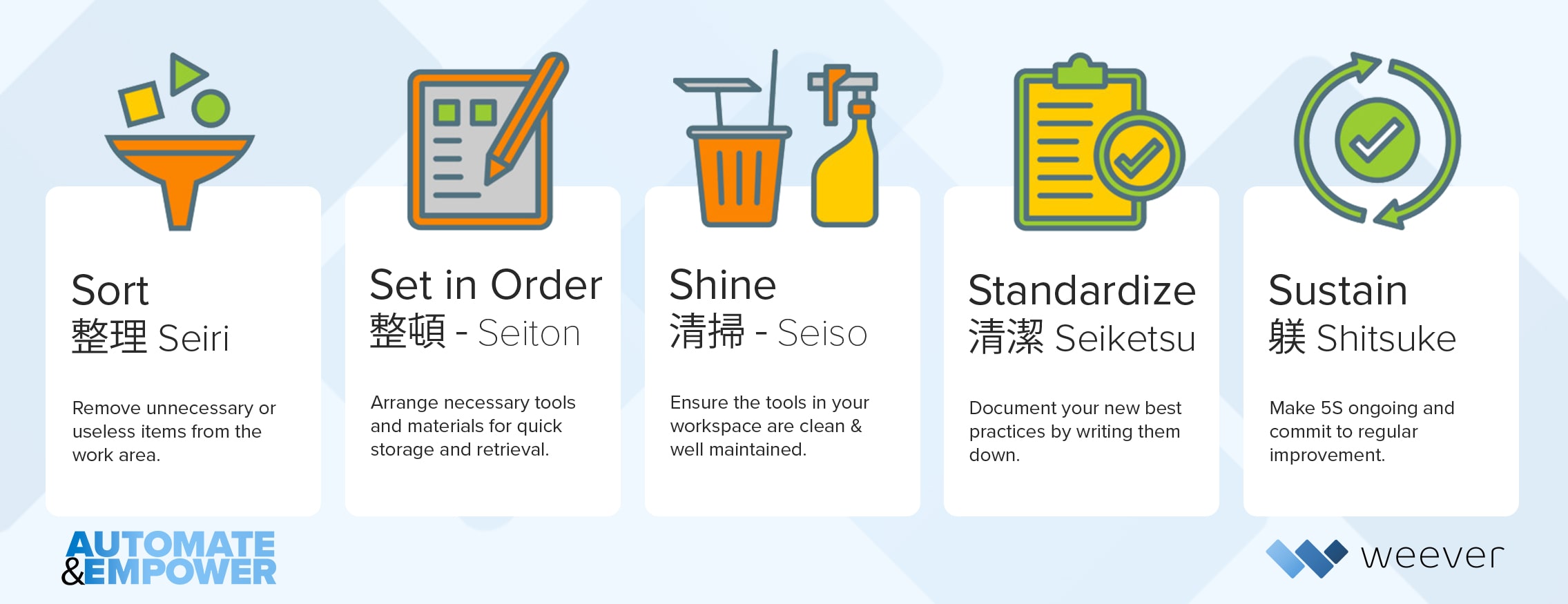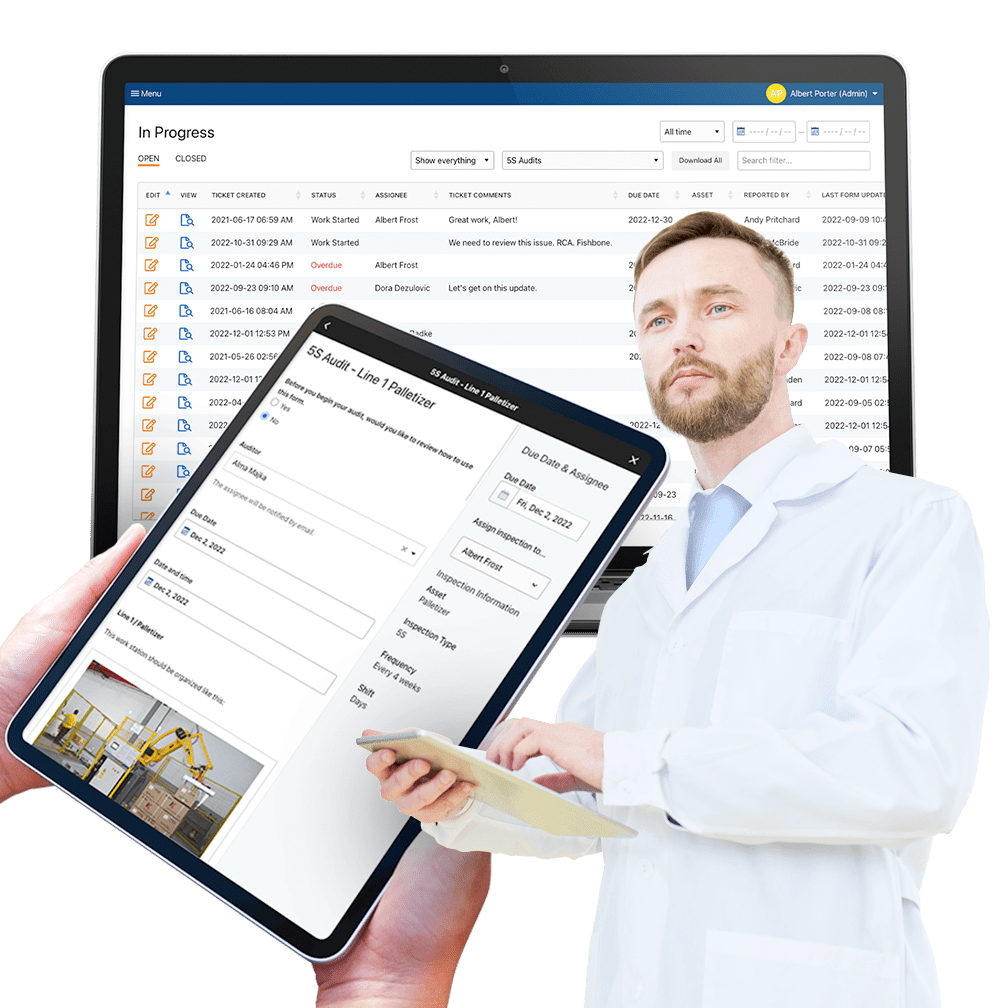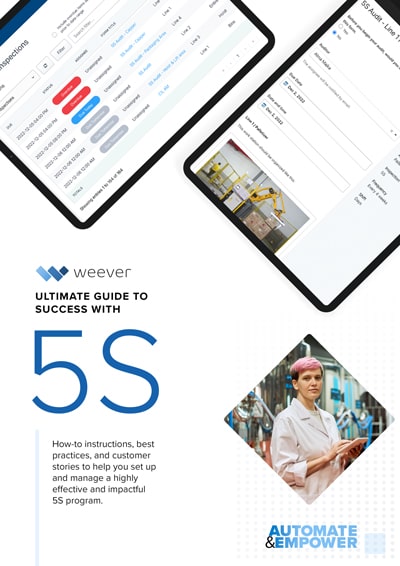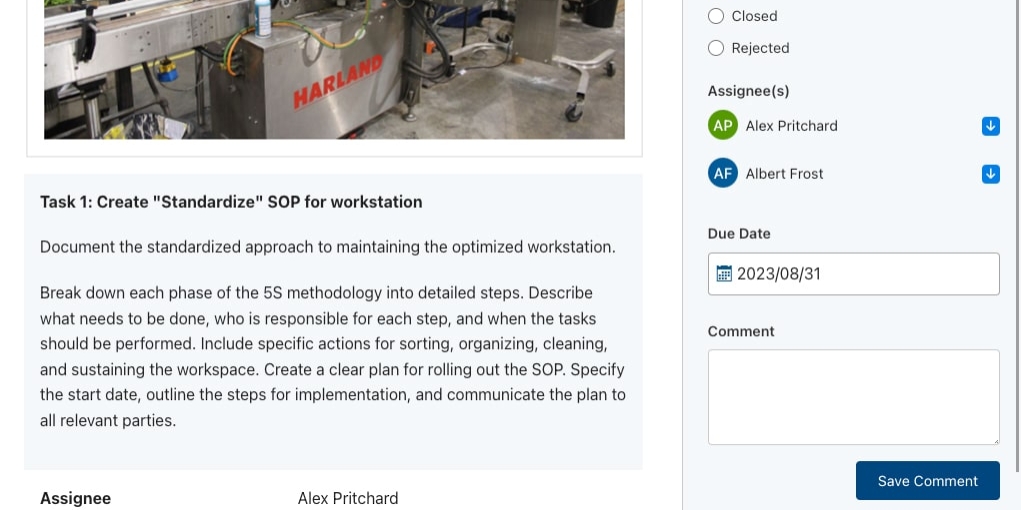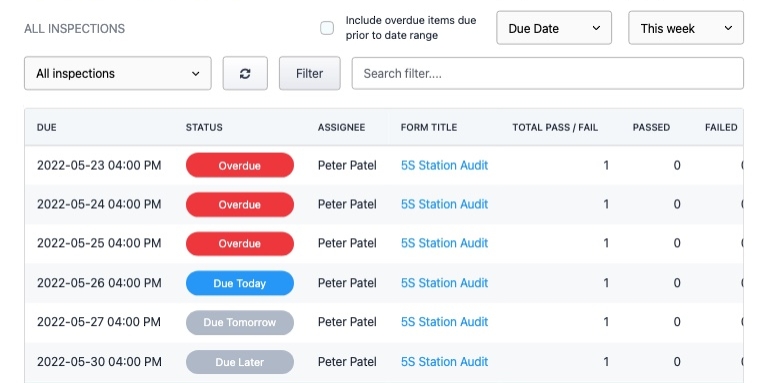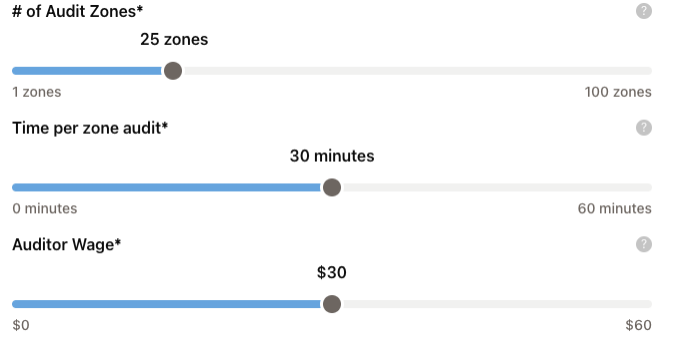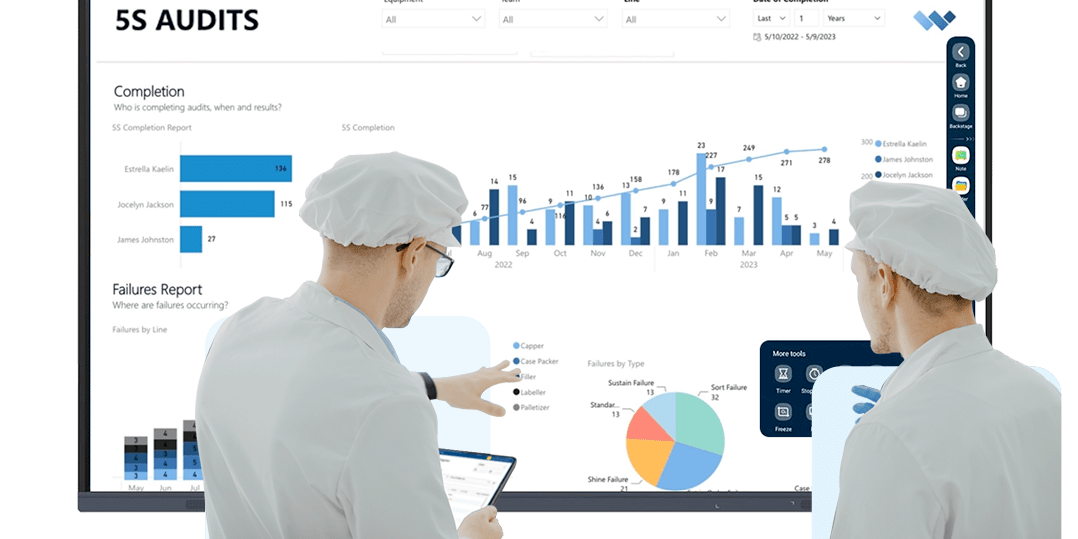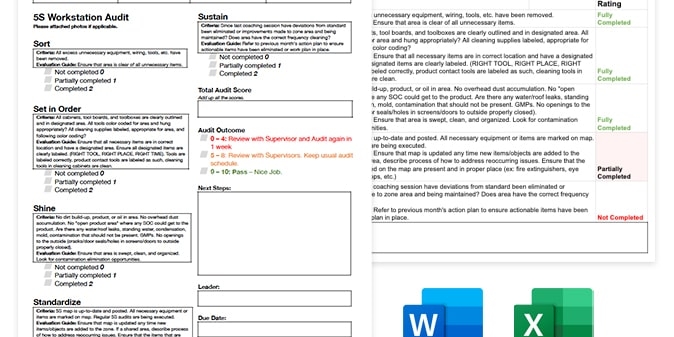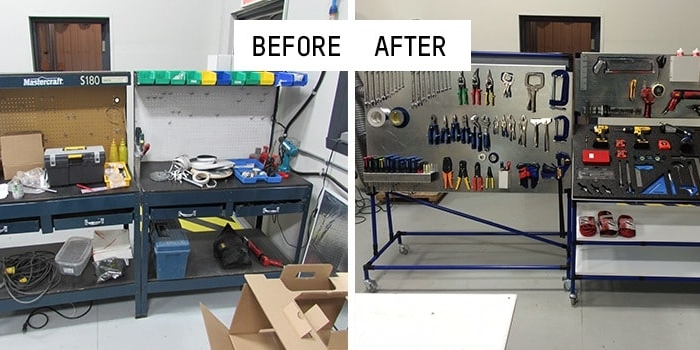Download the 5S Audit Checklist Template
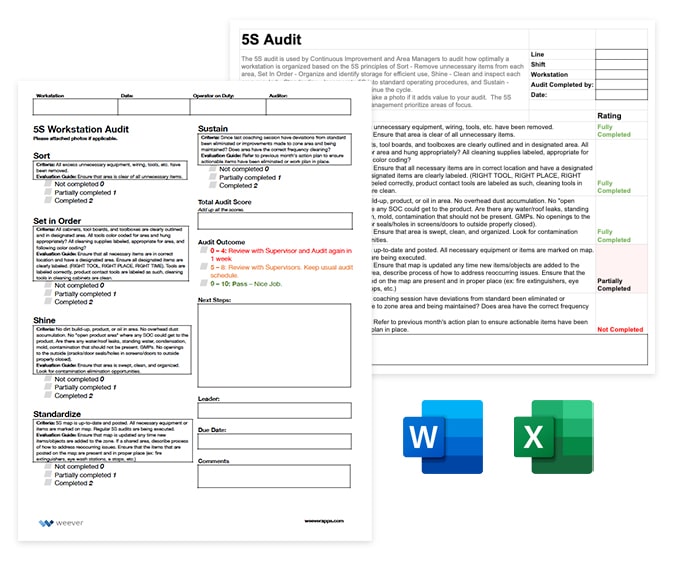
Download the free 5S Audit Checklist template. Entirely free and customizable MS Excel (.xlsx) and MS Word (.docx) files sent to your email inbox instantly.
5S Overview
5S Planning
5S Implementation
5S Auditing
5S Audit Digitization
FREE RESOURCEs
Building a compelling business case for implementing a 5S program is critical in garnering support, securing resources, and laying the foundation for a successful initiative. Let's explore the essence of the 5S methodology and unveil the significance of strategic planning in the success of a 5S program.
What is the 5S Methodology?
The 5S methodology embodies a structured approach to workplace organization and efficiency. It entails the systematic arrangement, cleanliness, and standardization of workspaces to optimize productivity, safety, and quality.
Planning within the 5S context plays a pivotal role, setting the stage for successful implementation, adherence to principles, and continuous improvement.
Interested in learning more about Weever?
Steps-by-Step Guide to Building a Business Case for 5S
Building a business case for a 5S program requires meticulous planning, data-driven insights, and a compelling presentation to demonstrate its potential impact on efficiency, safety, and the bottom line.
A well-structured business case lays the groundwork for successful implementation and sustained improvement within the organization. Follow these steps to build and internally "sell" your plan successfully.
1. Understand Organizational Needs
5S is not just about continuously improving operations, it can be used to addresses and fixes major organizational issues.
To properly understand how your organization will benefit from 5S you need to first understand the challenges that are unique to your organization that can be addressed by 5S.
Start by understanding your organization's existing annual strategic objectives. Usually senior leadership will provide annual goals that are the focus of strategic endeavours. These goals highlight what they care about.
Aligning your 5S program to solve the challenges they have identified is a sure fire way to gain leadership support and budget allocation.
To add to your analysis, identify pain points by evaluating existing workplace conditions, inefficiencies and safety concerns. Here is a list of potential pain points that a 5S program will help you overcome:
Efficiency and Productivity
Safety
Employee Engagement
Product Quality Issues
High Operating Costs
Waste Reduction
2. Define Objectives and Benefits
The next step is to outline the goals and objectives of the 5S program that align perfectly with your organization's strategic goals.
Your 5S benefits will then also answer to the pain points you identified in the prior step.
Here are some examples of benefits based on the pain points you established ⇒
3. Gather Benchmark Data and Evidence
To prove the Return on Investment (ROI) for your 5S program, you will need to show improvement in quantifiable KPIs that affect bottomline organizational performance.
- Collect Metrics: Gather data to support the business case, such as incident rates, productivity levels, and waste reduction potential.
- Use Case Studies: Leverage successful 5S implementations in similar industries as case studies.
4. Outline Implementation Plan
The next step is to outline an implementation plan for your 5S program.
Create a detailed plan outlining the step-by-step implementation process. The roadmap should identify phases, steps, objectives, activities and resource requirements.
Estimate required resources—time, personnel, and budget—for successful execution.
Anticipate potential issues and their impact and propose strategies that will mitigate and overcome challenges effectively.
6. Calculate Return on Investment (ROI)
Estimate your cost and quantify your benefit to provide an estimate positive ROI for your 5S program. Calculate implementation costs, including training, tools, and downtime. Forecast the expected benefits against the costs to demonstrate the potential returns.
7. Develop a Compelling Presentation
Compile and distill your business case into a presentation that outlines all of the above information. Emphasize the program benefits, ROI and how the program aligns with current corporate goals.
Read our Ultimate Guide for 5S Auditing
5S Planning Best Practices
To successfully champion your 5S plan, you should consider these best practices:
Alignment with Organizational Goals
Ensure that the 5S program aligns with broader company objectives.
Stakeholder Engagement
Involve key stakeholders and decision-makers throughout the planning process to gain buy-in.
Realistic Expectations
Set achievable goals and expectations based on the organization's current state.
Flexibility and Adaptability
Plan for contingencies and remain open to adjustments based on feedback and evolving needs.
Measurable Success Criteria
Establish clear metrics to track progress and measure the success of the 5S program.
Continue Learning about 5S

bandjlogo

Bell-logo-New

Canadian-Tire-Logo

Diageo-customer-logo

greyston-bakery-logo

hello-fresh-customer

marks-customer-logo

CSL_Limited_logo

monin-logo

Winland Food

Mars-logo-main

rise-baking-customer-logo

Rockwool-Customer-Logo-min

Sportcheck-customer-logo

unilever-customer-logo

walmart-logo-small

husqvarna-customer-logo

Ajinomoto_logo

Peet's_Coffee_logo

Royal-Canin-Logo
